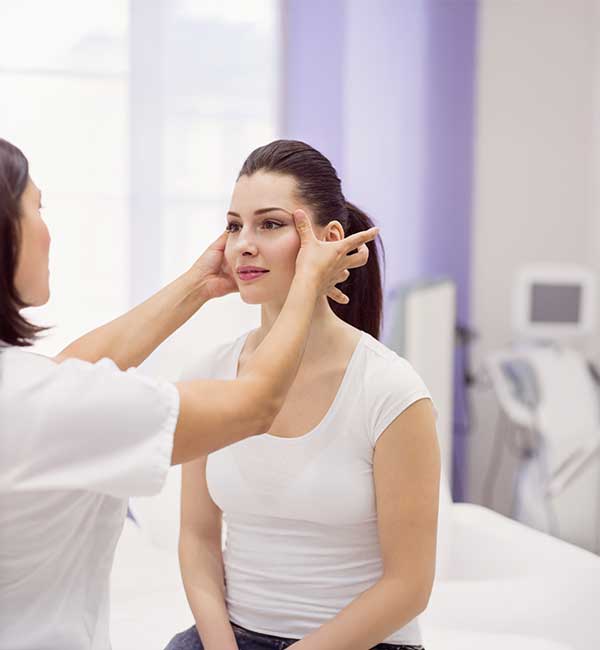ROSACEA
Rosacea is a chronic skin condition characterized by facial redness, flushing, and visible blood vessels. It often results in persistent redness on the cheeks, nose, chin, and forehead, and can also cause bumps and acne-like breakouts. Effective treatments can help manage symptoms, reduce flare-ups, and improve skin appearance.
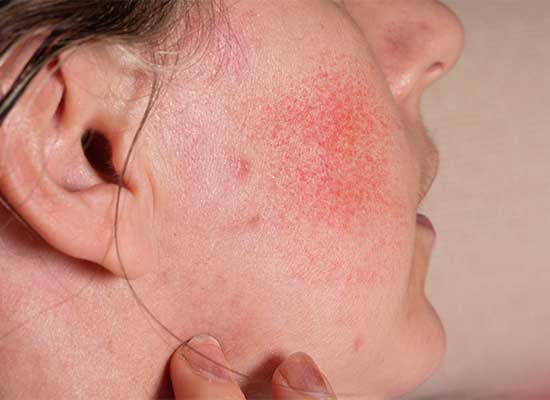
Introduction
Rosacea is a chronic skin condition that primarily affects the face, causing redness, visible blood vessels, and sometimes small, pus-filled bumps. It often develops in cycles, with periods of flare-ups followed by periods of remission. While rosacea can affect anyone, it is most commonly seen in fair-skinned individuals aged 30–50, particularly women (though men often experience more severe symptoms).

“ Very warm welcome. I was very pleased with the outcome of my treatment. Looking forward to Saturday and next Monday when I will ve having more treatment. ”
Gillian
The Science Behind ROSACEA
Rosacea symptoms vary depending on the subtype and severity but commonly include:
1. Facial Redness: Persistent redness, particularly in the central part of the face (cheeks, nose, forehead, and chin).
2. Visible Blood Vessels: Small, visible blood vessels (telangiectasia) on the nose and cheeks.
3. Bumps and Pimples: Red, pus-filled bumps that may resemble acne but are not the same.
4. Eye Irritation (Ocular Rosacea): Dry, itchy, or swollen eyes, and sometimes redness or a gritty sensation.
5. Thickened Skin: In severe cases, the skin may thicken, especially around the nose (a condition called rhinophyma).
6. Burning or Stinging: A sensation of heat, burning, or stinging on the affected skin.
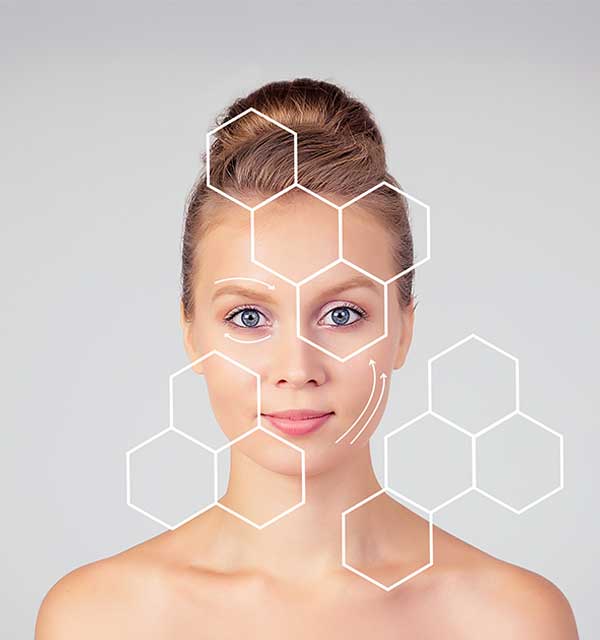
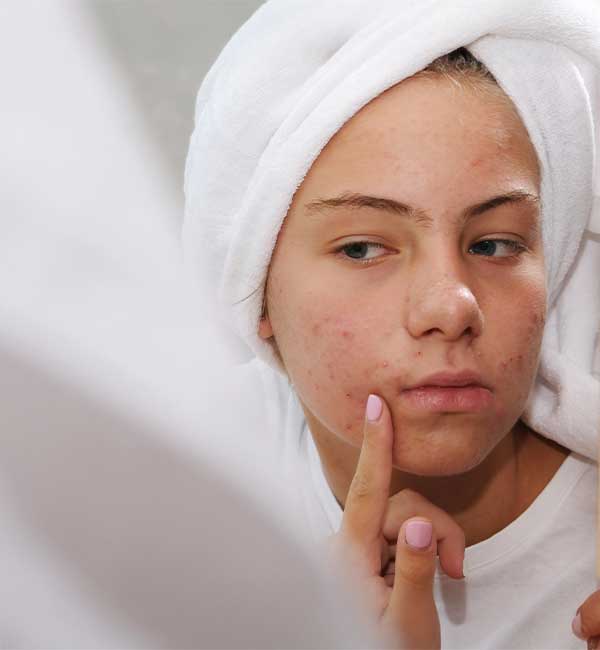
Medical Treatment (Topical & Oral Medications)
Medical treatments aim to reduce inflammation, minimize flare-ups, and improve overall skin health using prescription-strength products.
- Topical Treatments: Metronidazole, azelaic acid, ivermectin, and sodium sulfacetamide to reduce redness and inflammation.
Oral Medications: Low-dose antibiotics (doxycycline, minocycline) or isotretinoin (for severe cases) to control symptoms internally.
Chemical Peels for Rosacea & Skin Sensitivity
Mild chemical peels help exfoliate and rejuvenate the skin while reducing redness and inflammation.
- Types: Lactic Acid Peel, Mandelic Acid Peel, Polyhydroxy Acid (PHA) Peels
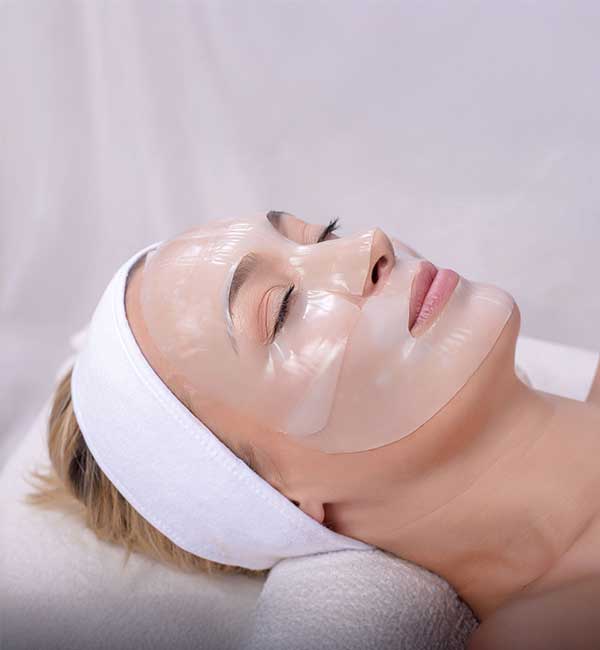
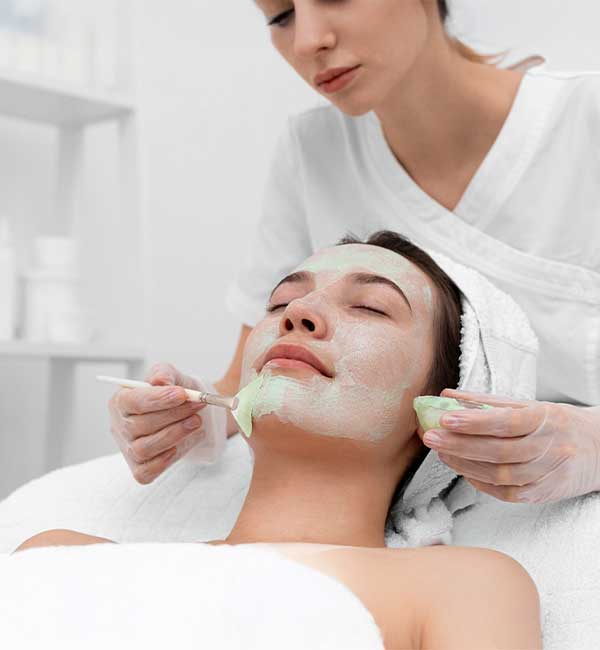
Medical-Grade Facials
Soothing facials designed for sensitive skin help calm redness, hydrate, and restore balance.
- Types: Hydrafacial, Oxygen Facial, LED Light Therapy (Red Light Therapy)
Laser Treatments for Rosacea & Skin Sensitivity
Laser therapy targets visible blood vessels and reduces redness by coagulating capillaries and stimulating collagen.
- Types: IPL (Intense Pulsed Light), Nd:YAG Laser, Pulsed Dye Laser (PDL)
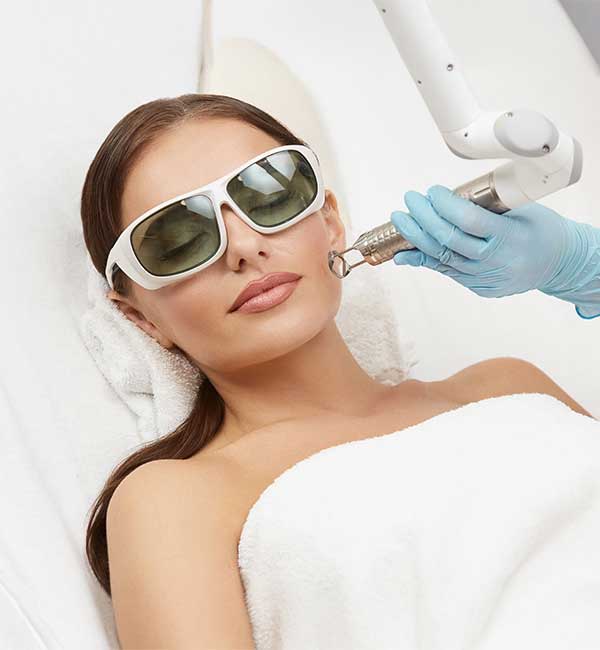

Frequently Asked Questions
Rosacea cannot be permanently cured, but long-term management is possible with the right treatments and lifestyle adjustments.
A combination of topical treatments, laser therapy, and medical-grade facials works best for controlling symptoms and improving skin condition.
Most patients notice improvement after 2-3 sessions. Full results may take 3-6 months, depending on treatment type and severity.
Yes, laser treatments are safe and effective when performed by trained professionals. Some redness and swelling may occur but subside within days.
Yes, a combination approach (e.g., medical therapy + laser + facials) often provides the best results for rosacea management.
Book your consultation today!
